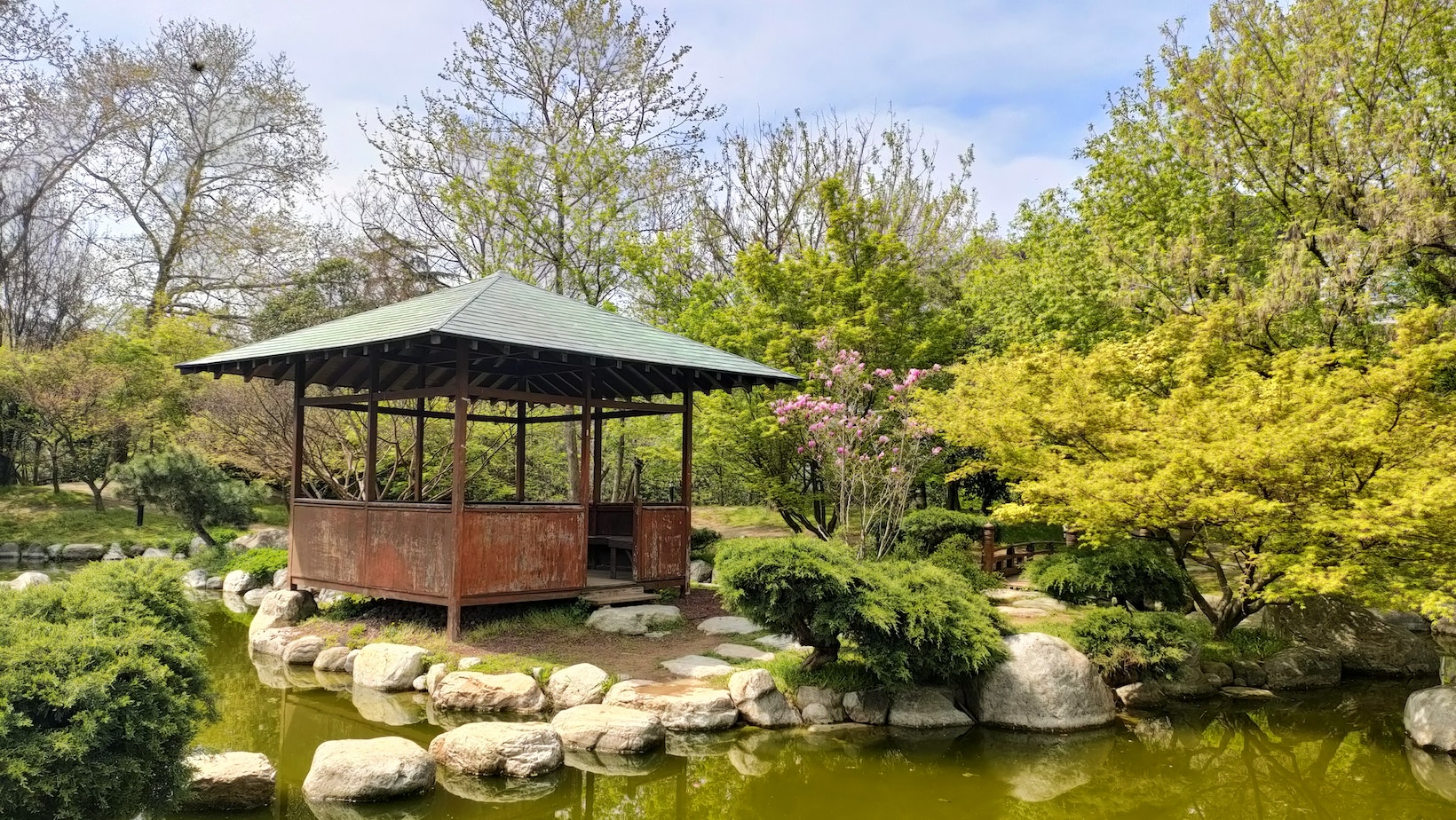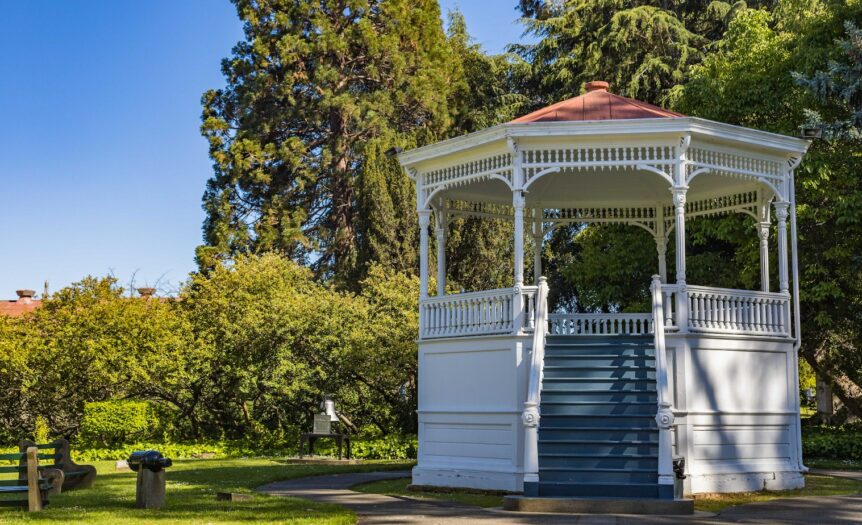When it comes to outdoor structures, two popular options that often come up in discussions are gazebos and pergolas. Both gazebos and pergolas can enhance your outdoor living space, providing shade, beauty, and functionality. However, there are some key differences between the two that you should consider before making a decision.
What is a Gazebo?
When it comes to outdoor structures, gazebos are often seen as a popular choice for adding both functionality and aesthetic appeal to your backyard. In this section, we’ll explore the design, functionality, and materials used in constructing a gazebo.
Design and Structure
Gazebos are freestanding structures that typically feature an octagonal or hexagonal shape. These open-air pavilions are characterized by their solid roof and open sides supported by pillars or posts. The roof can be made of various materials such as wood, metal, or even fabric.
One of the key design elements of a gazebo is its intricate details. From decorative railings to ornate trimmings, gazebos often exude elegance and charm. This makes them perfect for enhancing the overall visual appeal of your outdoor space.
Functionality and Purpose
The primary purpose of a gazebo is to provide an inviting space for relaxation and entertainment. Whether you’re hosting outdoor gatherings or simply enjoying some quiet time with a book, gazebos offer shelter from the sun while allowing you to enjoy the surrounding views.
Gazebos can also serve as versatile spaces for various activities. They can be transformed into cozy seating areas adorned with comfortable furniture or utilized as outdoor dining spaces for al fresco meals. Some homeowners even use their gazebos as hot tub enclosures or exercise areas.
Materials and Construction
Gazebos can be constructed using different materials depending on personal preference and budget. Wood is a popular choice due to its natural beauty and versatility. Cedar, redwood, and pressure-treated pine are commonly used because they offer durability along with resistance to decay and insects.
Metal gazebos made from aluminum or steel provide strength and longevity while requiring minimal maintenance. They are known for their modern designs that complement contemporary landscapes.
Fabric-covered gazebos offer flexibility since they can easily be moved or taken down when needed. These portable structures are lightweight and often come with adjustable canopy tops for shade control.

What is a Pergola?
If you’re looking to enhance your outdoor space, you may have come across the terms “gazebo” and “pergola.” While both structures can add charm and functionality to your backyard, they serve different purposes. In this section, we’ll focus on understanding what a pergola is and explore its key features and benefits.
Choosing the Right Location
Before diving into the specifics of a pergola, it’s important to consider where you plan to install it. Unlike a gazebo which is freestanding, a pergola is typically attached to an existing structure such as a house or deck. This makes it ideal for creating shaded walkways or extending living areas.
When selecting the location for your pergola, think about factors such as sunlight exposure, prevailing winds, and how it will integrate with the surrounding landscape. By carefully choosing its placement, you can maximize its functionality while ensuring it complements your outdoor aesthetics.
Gazebo Vs Pergola
While both gazebos and pergolas provide sheltered spaces in outdoor settings, there are key differences between them. A gazebo typically has a complete roof structure supported by pillars or columns all around. It offers more enclosed protection from the elements compared to an open-top pergola.
On the other hand, a pergola features an open lattice roof design that allows filtered sunlight through while providing partial shade. Its simple yet elegant structure consists of vertical posts supporting crossbeams overhead. This characteristic design provides ample support for climbing plants like vines or decorative lighting fixtures.






